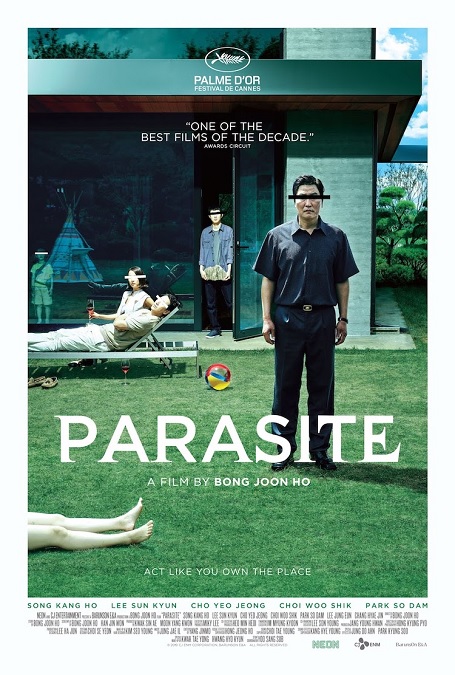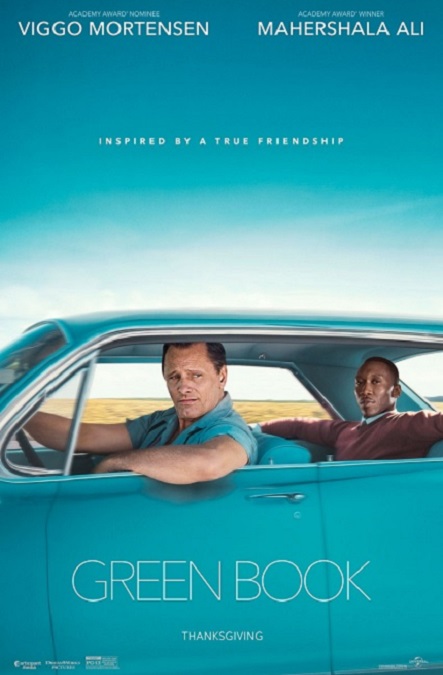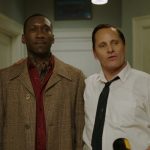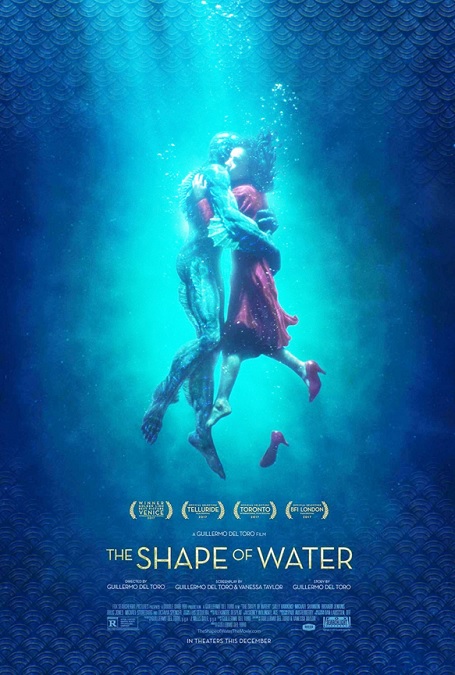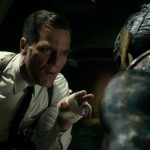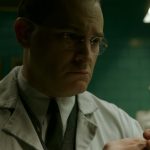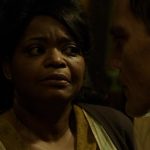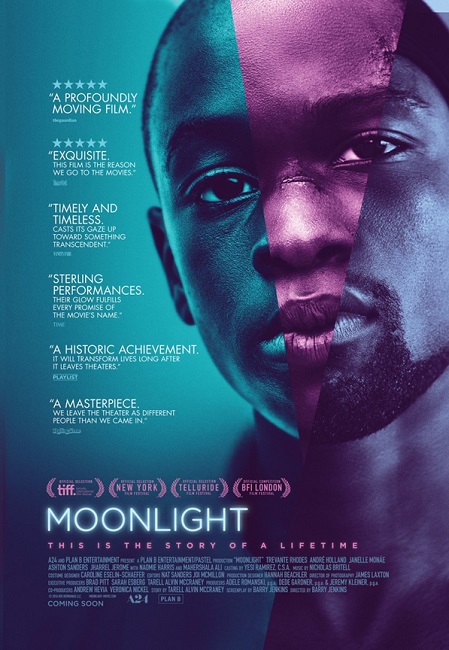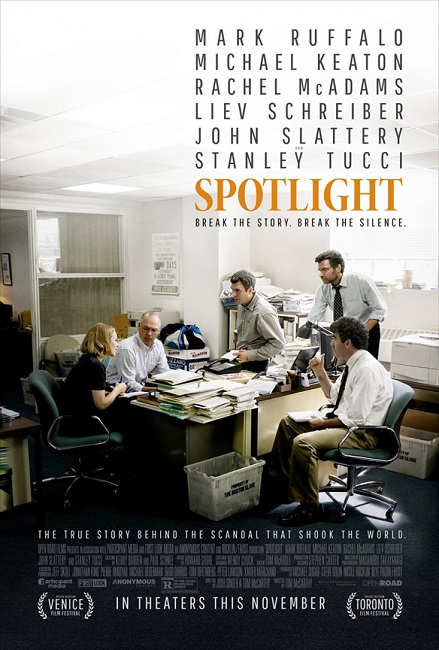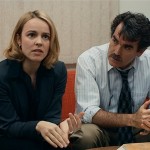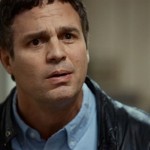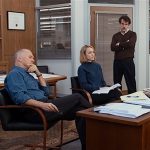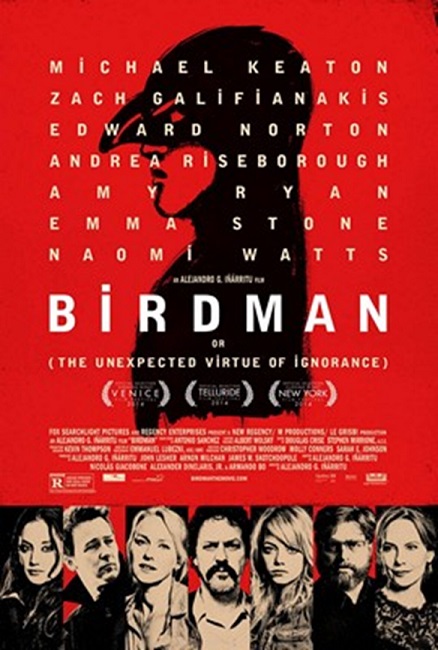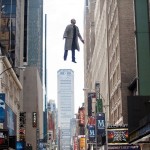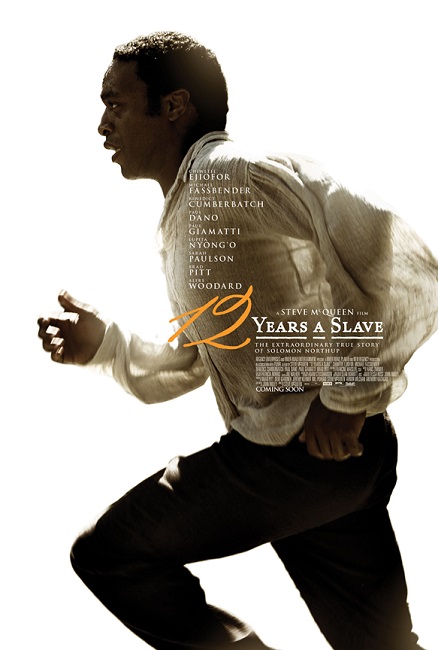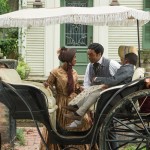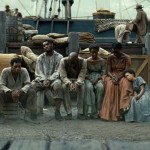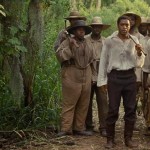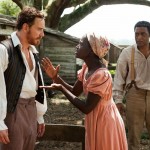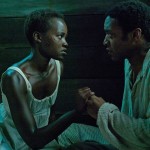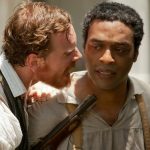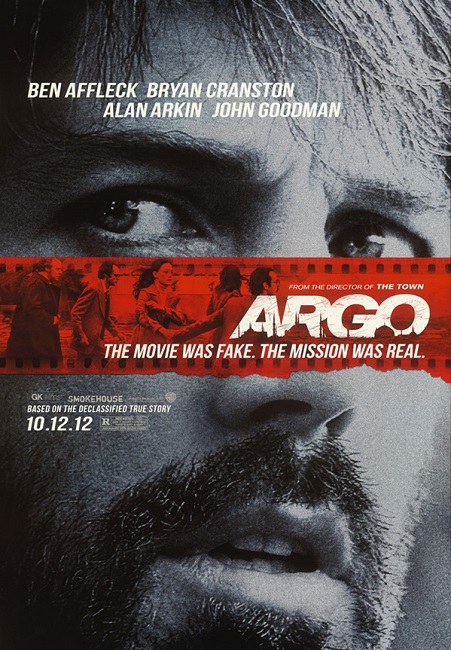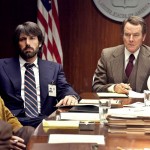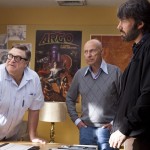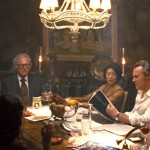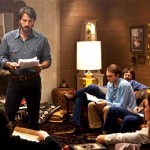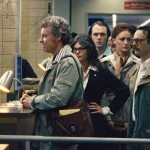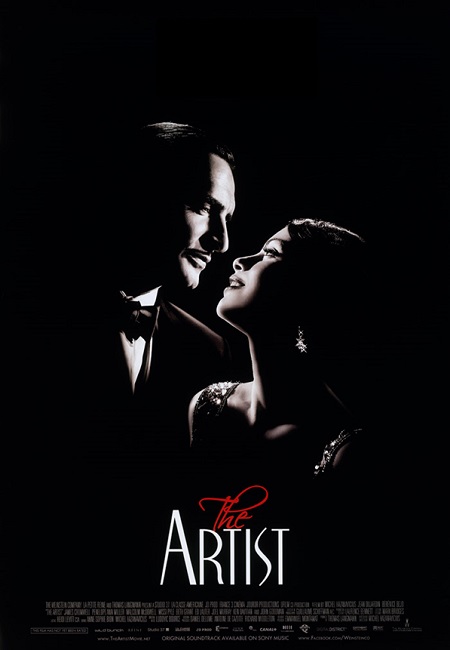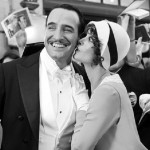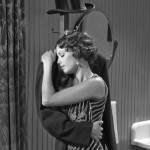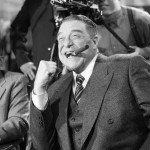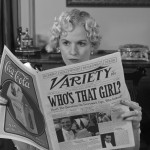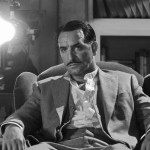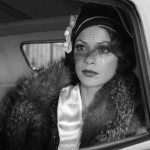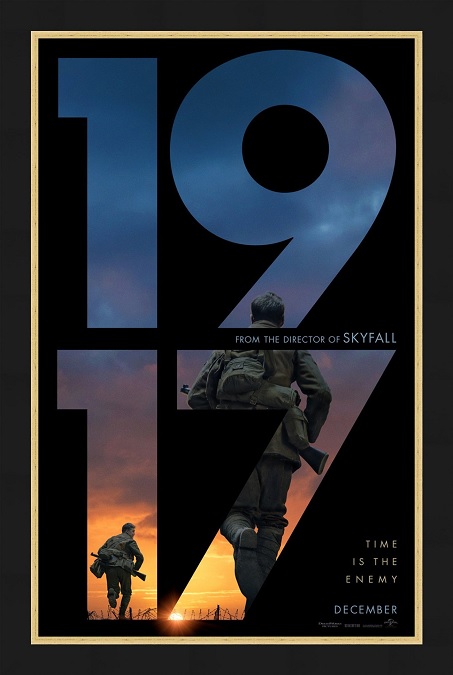



1917 – 2019
I was utterly and completely surprised by this film in the best way. I had no expectations going into it, and was on the edge of my seat almost the entire film. It was incredibly well-crafted, perfectly cast, had a lot of first-rate acting, a lush, gorgeous score, a quick and engaging pace, plenty of fantastic drama, and a good amount of action. I couldn’t think of a single thing they could have done to make this movie any better… until I did my research. But I’ll get to that that in a bit.
Set in World War I, the film follows two British infantry men who are sent into enemy territory to deliver a message to a British Captain, telling him to call off an attack that would lead 1,600 men into a German trap where they would all be slaughtered. They were Dean Charles Chapman, playing Lance Corporal Tom Blake, and his friend, Lance Corporal Will Schofield, played by George MacKay. They both did an amazing job, but though MacKay seemed to get most of the award recognition, I was just a little more captivated by Chapman’s intimate performance. And there were a few recognizable faces in the supporting cast like Colin Firth, Mark Strong, Benedict Cumberbatch, and Richard Madden, all of whom had fairly small but important parts. They all did a fine job.
The movie’s score was one of the best I have heard in a long time. Composer Thomas Newman wrote a soundtrack that went a long way to lending the movie an almost surrealistic quality. It was beautiful and haunting at times, and tense and exciting at others. When the two men are creeping through German held territory, not able to see what was around the next bend, over the next hill, the music built a tension that kept me on the edge of my seat!
The film’s directing, cinematography, and editing were beyond amazing. The entire film was put together in such a way as to make it look like two massively long continuous shots, the first lasting an hour and six minutes, and the second lasting till the end of the almost two hour movie. The long and complex takes were amazing to watch. The camera was constantly moving in elaborately choreographed ways to make it appear as if there were never any cuts, besides the one. It was amazing how it captured every piece of the action, every visual detail of the story. The final result was actually beautiful and artistic in its construction.
As with most movies based on real events, I did a little reading about the historical accuracy of the movie. Now, understand that what I learned didn’t change my enjoyment of the movie, however, the film’s lack of historical accuracy was a mark against it. It was a movie about World War I, and while there were many things about the movie, like the sets and costumes, that were spot-on, apparently, the actions and motivations of some of the supporting characters did not reflect the attitudes of the men who actually fought in the great war. According to Wikipedia, Cathy Tempelsman of the New York Times wrote, “the storyline offers a ‘dangerously misleading’ picture of the War, suggesting ‘a concern for the sanctity of human life from the top down’, whereas the reality was ‘an appalling indifference as the British high command sent hundreds of thousands of their young men to die’. She adds that the ‘false heroics and filmmaking feats of wonder’ serve to provide an ‘escape from the true carnage of the Great War’, and that in reality the scale of the casualties was such that the potential loss of 1,600 men would not have excited the response portrayed in the film.”
In the movie, the message to call off the attack is delivered and heeded. The lives of the soldiers are saved, and Blake, though posthumously, and Schofield, are portrayed as heroes. But can you imagine how much more powerful the end of the movie could have been if the message gotten delivered, and Captain Mackenzie, played by Cumberbatch, ignored it and sent the 1,600 men to die anyway? It would have emphasized the pointless waste and disregard for human lives that is an unfortunate and yet inevitable aspect of war.
The whole movie was so well done, but I have to mention one scene in particular that really threw my emotions for a loop. It was the scene where Tom Blake is killed. The two men see a German airplane get shot down. It nearly crashes into them, and rather than allow the pilot to burn alive in his cockpit, they take pity on him and rescue him, and decide not to shoot him. Unfortunately, without warning, the German stabs Tom in the gut. Will shoots the pilot, but it is too late. The damage is done, and Tome bleeds to death in in his friend’s arms. It was a powerful moment, one that I really didn’t see coming.
There were so many things that this movie got right, and though I am usually not a huge fan of war films, this was a good one that I would watch again. Director Sam Mendez really put together, not just a film, but a work of art. I have to admit that the year’s Best Picture winner, Parasite, was a really good film that deserved its win, but I would have been just as happy if this one had taken home the big prize. It was that good. And I’m going to have to keep my eyes open for whatever Sam Mendez comes up with next. Very well done, everyone!









